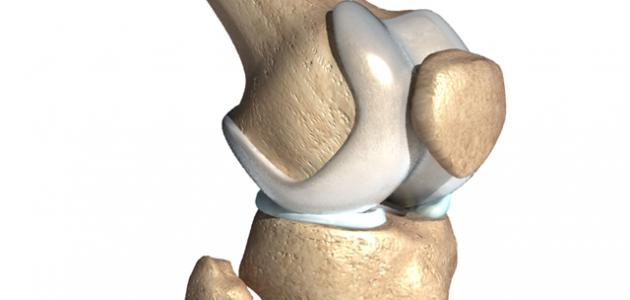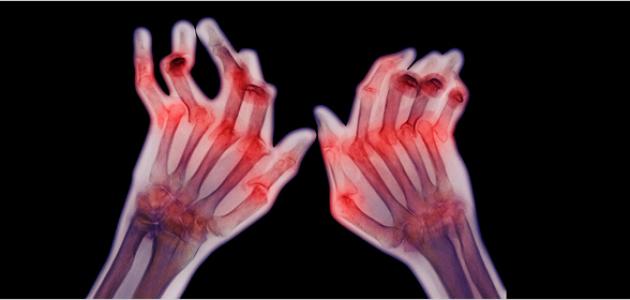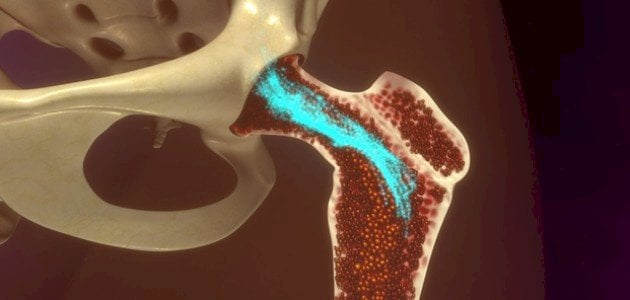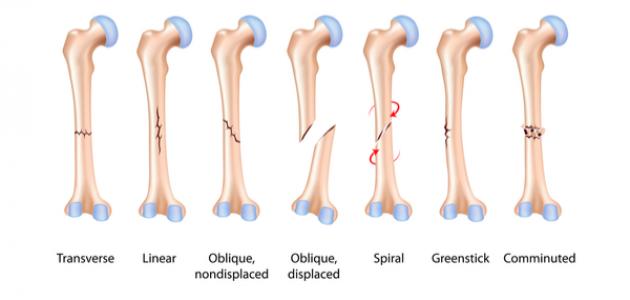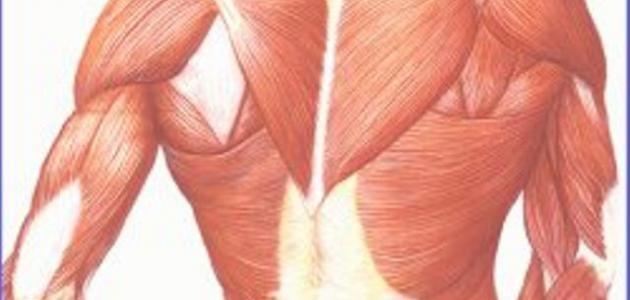Human neck
The neck is one of the parts of the spine, which is the area that connects the head and the torso. The number of vertebrae in the human neck is seven, and the neck vertebrae are called the cervical vertebrae. Because they form the cervical part of the spine, and the neck vertebrae are interspersed with what are called cartilaginous discs, which allow the neck to turn and bend. We note that the cervical vertebrae are smaller in size than the thoracic vertebrae. Because it carries a heavy weight compared to the weight carried by the thoracic vertebra, the cervical vertebra is also characterized by being cleft, and there is a transverse protrusion and anterior and posterior elevation.
Human neck vertebrae
The first cervical vertebra
It is the first vertebra from the top of the cervical part, and this vertebra represents the base on which the skull rests. The vertebra is called the atlas and it is like a ring in shape, and its surface from above resembles the shape of a kidney, and it is connected to two protrusions of the skull, which are two broad and long protrusions that act as a lever for the muscles that control the rotation of the head. What allows the skull to move backward is the small, slightly elevated fork that is considered an important part of the atlas.
The second cervical vertebra
This vertebra is called the axis, and it is the vertebra that follows the atlas. The two vertebrae are linked to each other through what is called the transverse link, which is the link that connects the column that comes out of the axis through the atlas ring. This link tightens the column in place until the atlas vertebra stabilizes on the axis. This vertebra is distinguished With the large fork until the muscles connect to it.
Read also:The strongest bone in the human bodyThis vertebra is considered very important in people who suffer from Down syndrome. When there is laxity in the transverse ligament or instability in the atlantoaxial joint, this is a congenital defect in the formation of the two vertebrae for these people, but despite this there is no complaint or impact on their health, and there is A group of these people may suffer from neck pain, failure to move it properly, and difficulty walking. As a result of the pressure of the axis vertebra on the spinal cord.
The seventh cervical vertebra
It is the last vertebra that connects with the thoracic vertebrae, and it is called the prominent vertebra, and it is called that because it has a long protrusion that is prominent and clear from the surface of the skin of the neck.
Diseases affecting the neck
- Arthropathy: It is one of the most common diseases of the neck and is caused by a congenital deformity, or small traumas accumulated on the neck joints, and over time these joints become ill.
- Herniated disc damage: It is a herniated disc, which causes pressure on the nerves and inflammation of the joint, affecting the movement of the neck.
- Neck pain and sprain: It is pain resulting from contraction of the neck muscles, such as the wrong sleeping position, exposure to temperature differences, or the result of a sudden and rapid movement.


